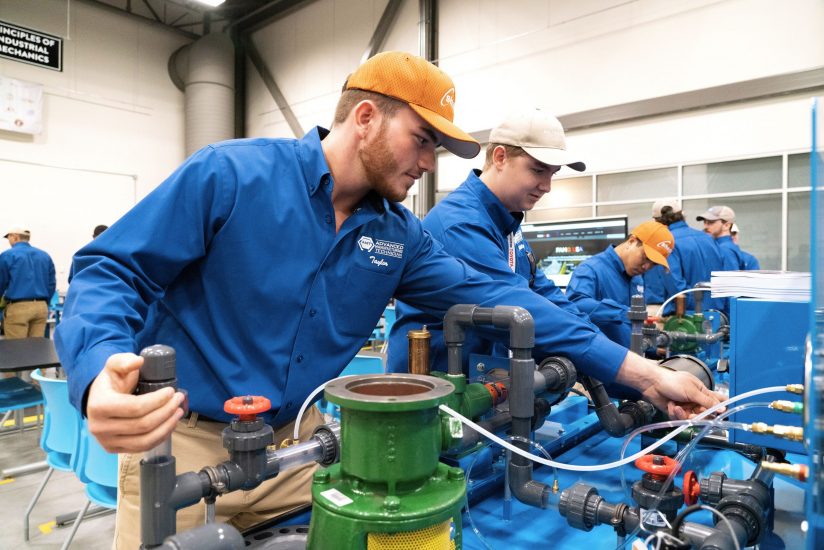Ten years after Toyota Motor North America first launched a small local advanced manufacturing training program in Georgetown, Kentucky, the now multi-state training initiative known as FAME USA-Advanced Manufacturing Technician (AMT) program has been given a resounding endorsement as a workforce development model that should be replicated around the country.
“Our principal recommendation for policymakers and employers and educators seeking to launch career and technical education programs: earn-and-learn training works, and the nation should redouble its efforts to take the model to scale,” states Kentucky FAME: Fulfilling the Promise of Apprenticeship, a just-released report studying the impact of FAME on its graduates, their careers, and their finances.
Tamar Jacoby, president of the think tank Opportunity America and Ron Haskins, senior fellow emeritus of Brookings, are the co-authors of the report.
Developing a Sustainable, Scalable Earn-and-Learn Model
Over the past decade, Toyota and about 400 other manufacturing companies who have joined the training model have been tweaking the earn-and-learn training formula. It has evolved into a combination of time in the classroom and time actually doing the job, “learning by doing and earning competitive wages.”
The report concludes that employers know best how technology is changing their business and what skills they need from their workers, thus “there can be no effective career preparation without employers.” They need to help set the curriculum and provide the opportunity to learn the skills in a real-world setting.
“There can be no effective career preparation without employers.” Kentucky FAME: Fulfilling the Promise of Apprenticeship
Just over a year ago, The Manufacturing Institute, the workforce and education partner of the National Association of Manufacturers, took over the lead of the program.
Gardner Carrick, vice president at The Manufacturing Institute, reiterates employer involvement is key. “Employers are the ones that really are in charge of design and management of the program. They’re the ones that select students to participate in this program. They’re the ones that have the most vested interest in seeing it succeed because they’re hiring these individuals at completion.”
The FAME model leads the way, the report says, standing “at the crossroads of the push to expand apprenticeship and the drive to align it more closely with the nation’s goals for postsecondary credential attainment.”
The Proof is in the Numbers, and the Impact on its Graduates
Over the years, Jacoby made frequent visits to FAME. “I’ve been watching and visiting for a long time and thinking, without a quantitative assessment, this looks really good. They have all the elements. It’s really impressive when you go there. It’s planned out perfectly. When you meet the students, they’re impressive,” says Jacoby.
“But as excited as I and other people have been about the program, there’s been no proof,” she adds, until now.
Data was collected by the Kentucky Center for Statistics (KYSTATS) comparing graduates of the FAME program with other students from the Kentucky Community and Technical College System who shared similar geographic and socioeconomic backgrounds. The numbers compared the two groups’ overall graduation rates; completion rates by gender, race, and ethnicity; and post-training salaries.
Jacoby says the results are remarkable.
“When we went to the first meeting with KYSTATS and they gave us their preliminary results, we honestly said, ‘Come on people, are you sure? Did you do this right? This cannot be true.’ It’s really a testimony that the program works”
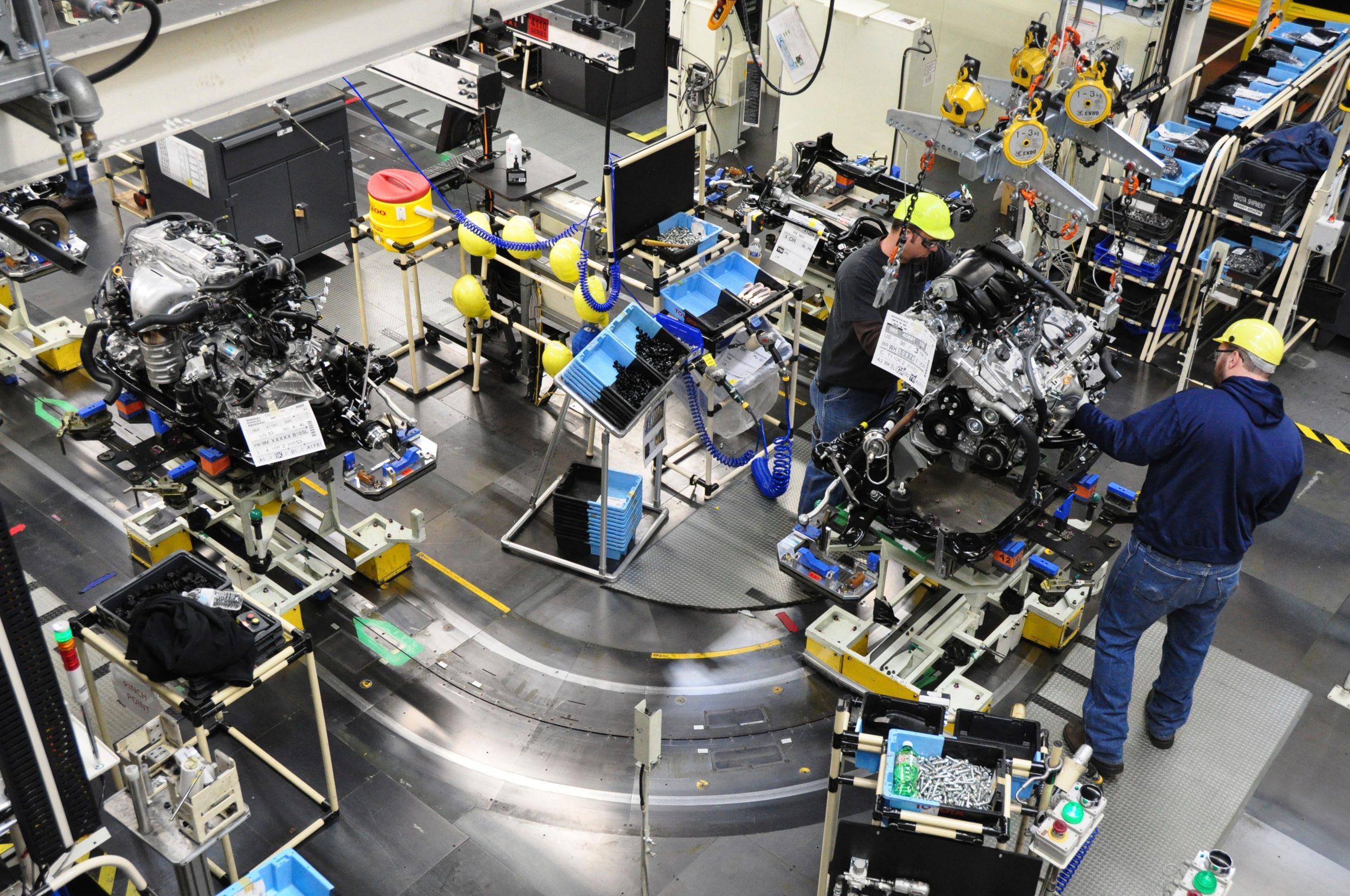
“Roughly 80% of FAME students graduated compared with 29% of non-FAME students,” according to the report.
There were similar gaps when comparisons were made by gender and race. For FAME women, the completion rate was almost 72% compared to just over 24% for their non-FAME counterparts. For FAME men, the completion rate was 81% compared to almost 30% for non-FAME men.
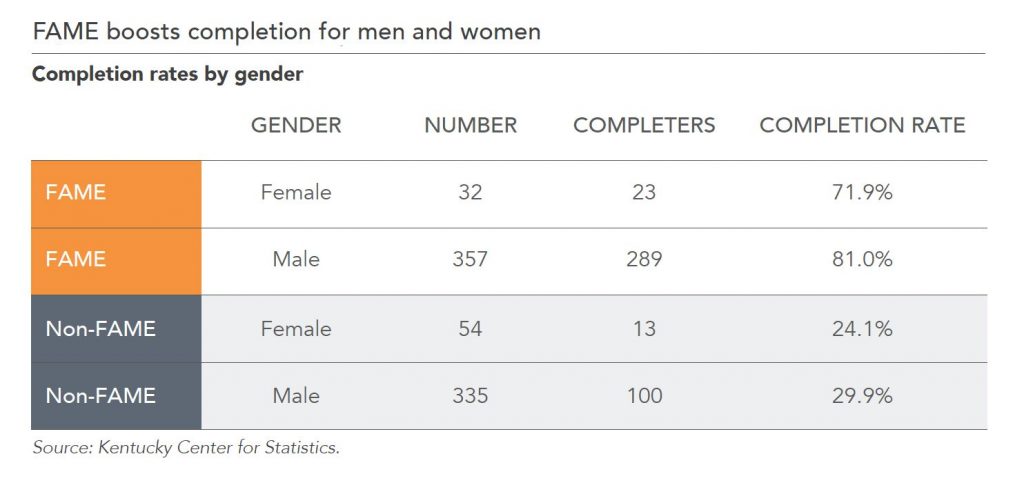
White FAME students had a completion rate of more than 81%, while their non-FAME counterparts had an almost 30% rate. Nonwhite FAME participants showed a rate of completion of more than 64%. Their non-FAME counterparts finished at a rate of over 24%.
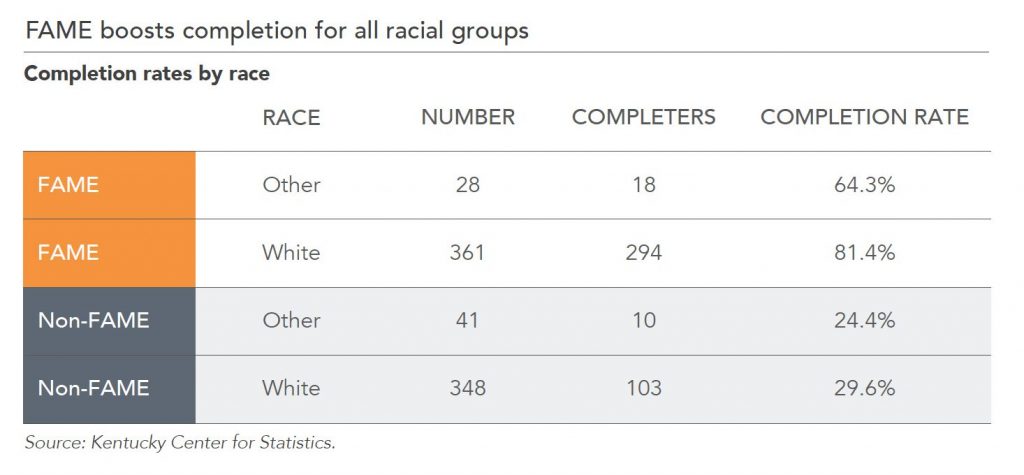
“Earnings and employment gaps were, if anything, more pronounced,” states the report. The findings looked at median earnings comparisons at one year, three years, and five years after completing programs. “Five years after completion, FAME graduates were earning nearly $98,000 compared to roughly $52,782 for non-FAME participants.”
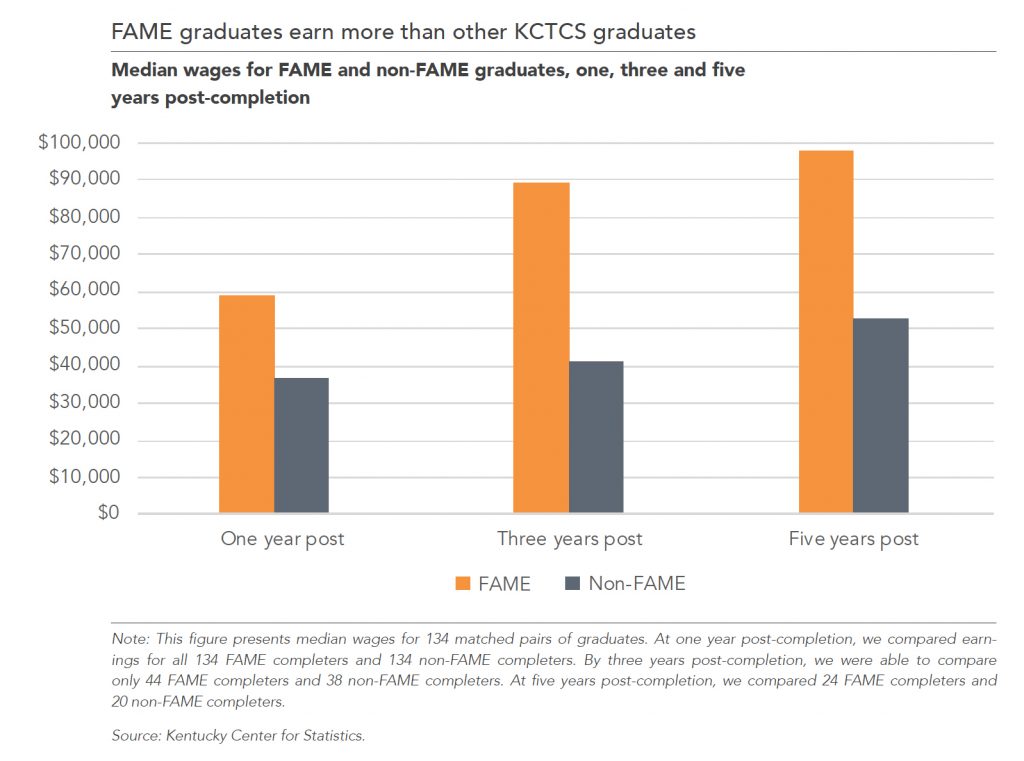
Watch our FutureWork mini-documentary on the FAME AMT program
What Do the Graduates Say?
As part of the report, more than 200 FAME graduates were surveyed. Ninety-seven percent say “enrolling in FAME was the right decision for them.”
“Respondents were also strongly supportive of the program’s signature combination of classroom instruction and on-the-job training.”
However, 40% cited the need for more mentoring. And 36% would have liked more structured work experience.
Carrick acknowledges the graduates’ critiques of the program. Going forward, he says it’s a top priority to bring more consistency and even better quality to the employer side. It’s important to “provide those companies with the playbook for how to implement a work-based learning model within their company.”
“Supporting them in a way that gives them the resources in terms of best practices, examples, and guidelines. How to do proper mentoring, how to ensure the alignment of your onsite training with the in-school training.”
Why is the Program So Successful?
“Apprenticeship, earn-and-learn, whatever you want to call that model is a really good model. We start with a really good basis. But add the fact that the technical training is only a third. What that means is two thirds of the FAME training are employability skills,” explains Jacoby.
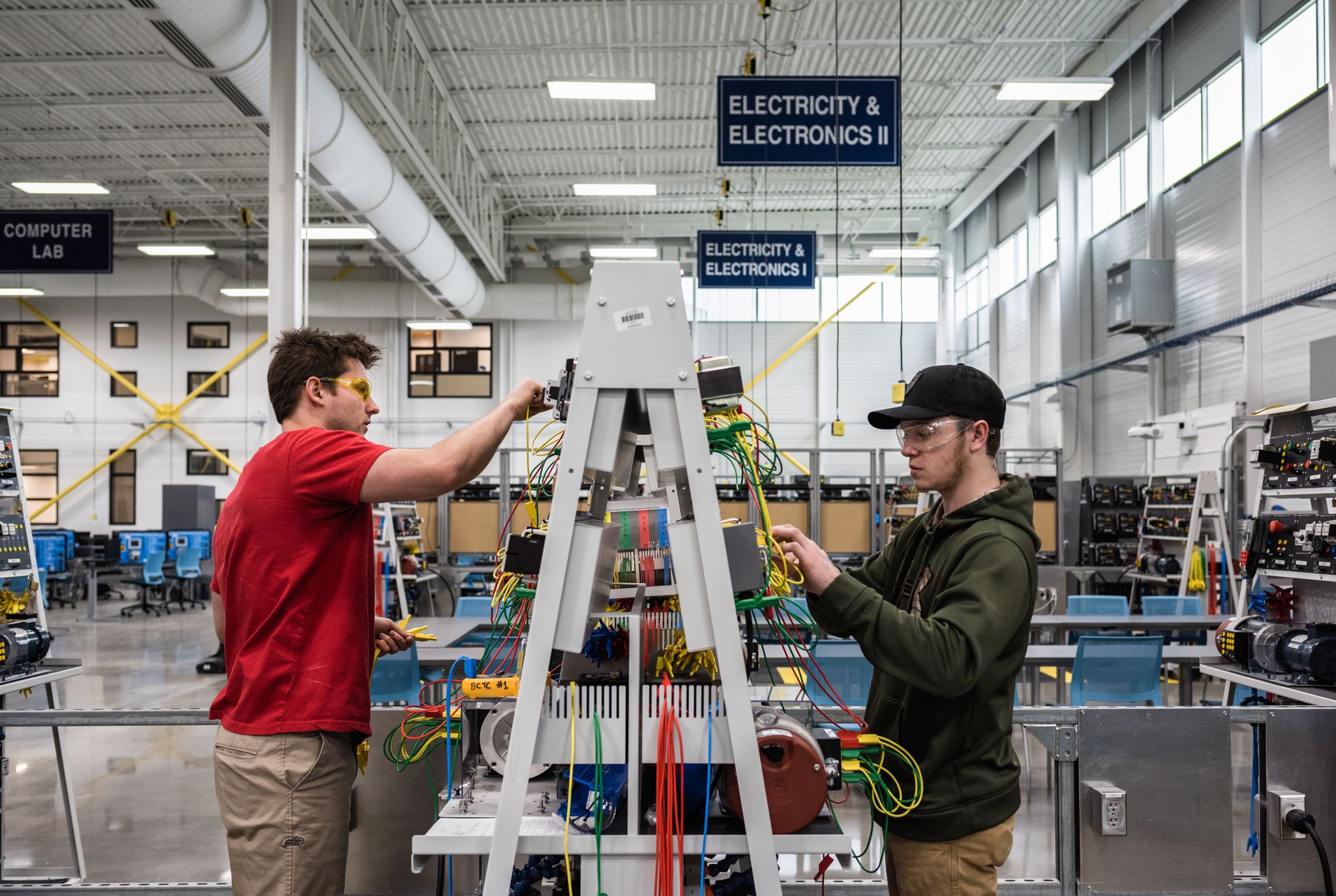
“It is the intentionality of the deeper soft skills. The ones that really go to initiative, presentation skills, diligence, communication, and things that are that next level,” adds Carrick.
In addition to its 400 engaged employers, FAME has expanded to 13 states. Twenty-five community and technical colleges are program partners, with an additional ten ramping up for participation.
Carrick says FAME proves students can have impressive success in a two-year technical program. Upon completion, students have an associate degree, a FAME certificate, and almost 1800 hours of work experience.
“There have always been pathways in manufacturing to a successful career without having the four-year degree. What FAME has done is open the eyes of individuals that were planning to go to a four-year college and said, ‘There is an opportunity for you in a different pathway.’ It still leads to a college degree that has an employer sponsor behind it. And it gives you incredible career success quickly.”
Expanding the Program
FAME hopes to expand its programming, not only geographically, but also beyond the AMT track, according to Carrick. “You can do that in a welding path, the machining path, a process technician path, and a logistics path. Our hope is to be able to create additional occupational pathways underneath the same umbrella.”
“A career as an AMT is for you”
The number of workers needed to fill jobs in the manufacturing sector is expected to exceed more than two million by 2028. That, according to a report by Deloitte.
Concerns about a manufacturing career are unfounded, according to Carrick. “The perception element is vital. ‘These jobs are going away. It’s an unstable career. It’s going to be automated,’” says Carrick.
“If you think there’s going to be more automation in manufacturing, then a career as an advanced manufacturing technician is for you. There’s going to be more of them and they’re going to be more important,” he assures.
Across FAME, there are currently more than 750 AMT students enrolled and over 1150 program graduates.
Want More Information?
This week on Wednesday, October 21, The Manufacturing Institute will conduct its first virtual FAME Live! event. Registrants will be able to virtually connect directly with FAME employers, AMT students, college partners, and Pre-K through 12 and STEM providers.
During today’s virtual launch of the report, participating panelists included Jacoby, Haskins, Carrick, as well as GE Appliances senior technical manufacturing trainer James Atkinson, Urban Institute fellow Robert I. Lerman, Southcentral Kentucky Community and Technical College provost James McCaslin, Alabama Advanced Manufacturing Apprenticeship Program director Audrey Webb, and Council on Foreign Relations senior fellow Edward Alden.
Read and watch more about FAME here on WorkingNation.com:
AMT Live! showcases the successful career pathway model
Toyota takes a proactive approach to its need for skilled workers

